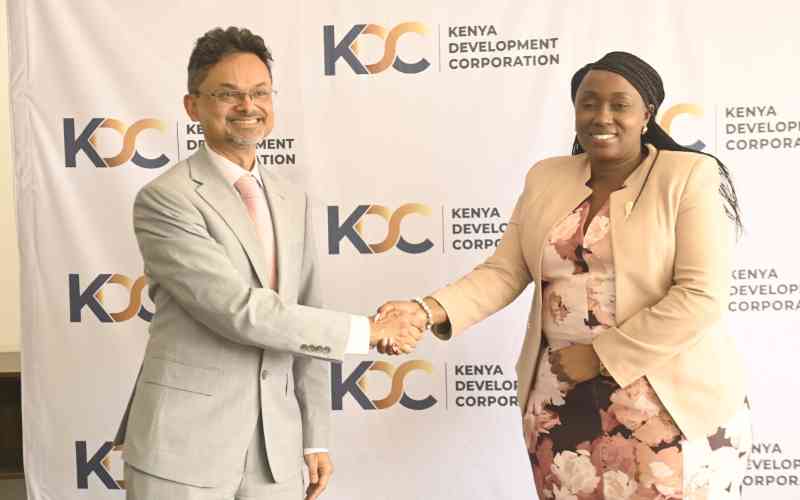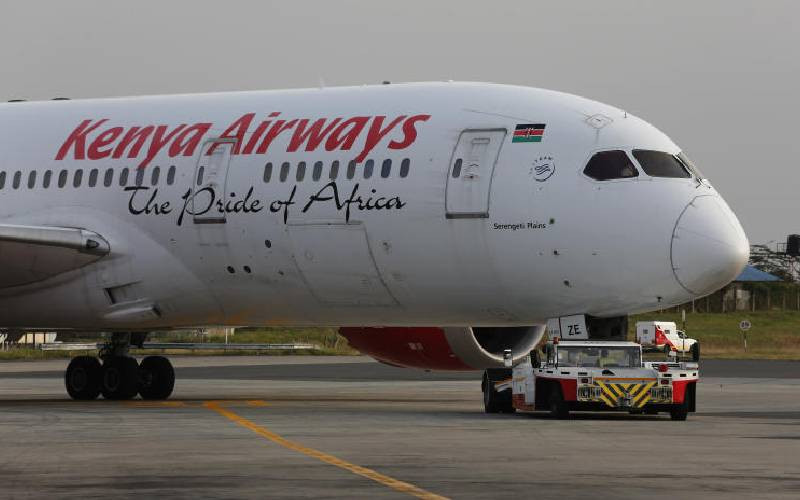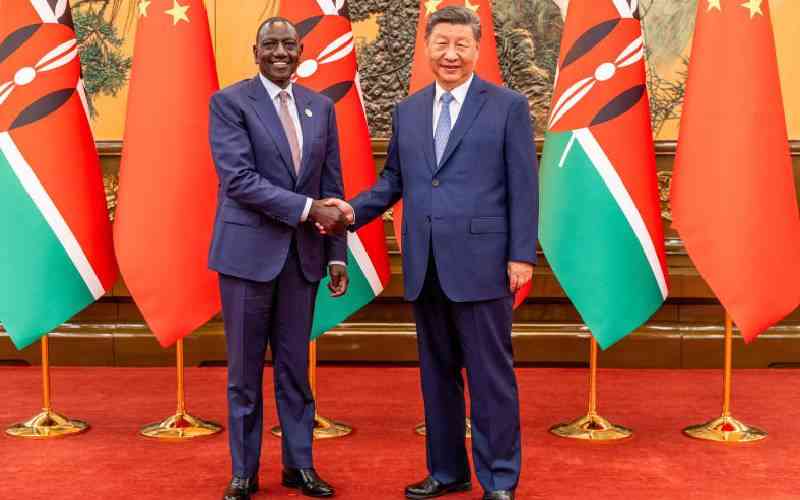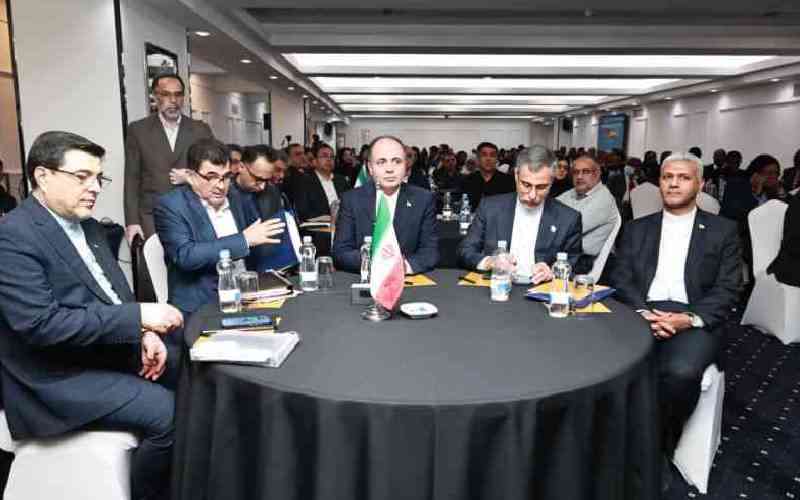×
The Standard e-Paper
Kenya’s Boldest Voice
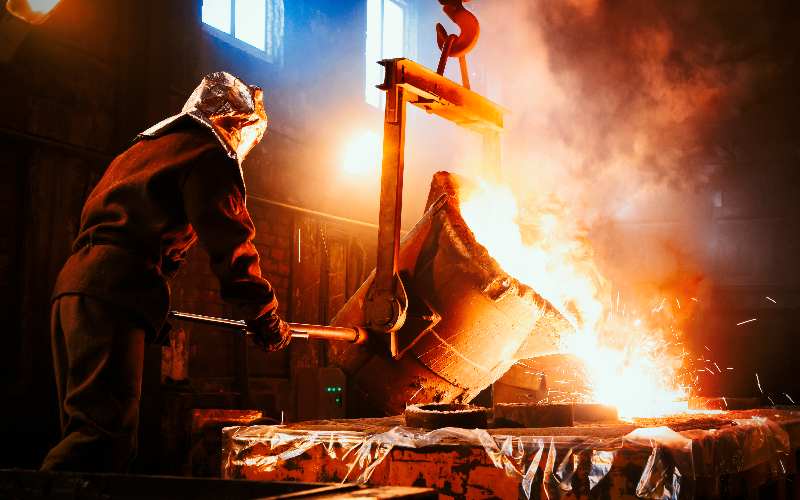
The direct and indirect consumption of steel is projected to increase. [Courtesy]
Demand for steel is increasing as government-driven infrastructural development, commercial and residential buildings surge. Steel is a core piece of the modern economy. It is used as a paradigm to gauge the overall economic status of a country, as well as an indicator of the investments dedicated to infrastructure and subsequently, a measure of progress and stability.


